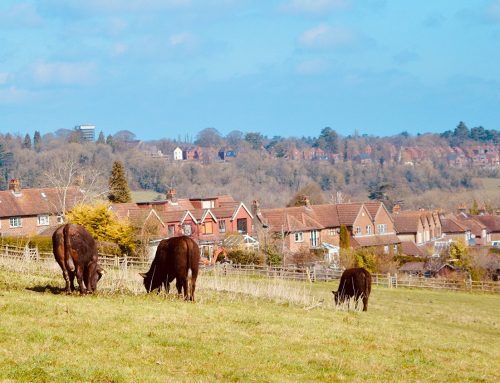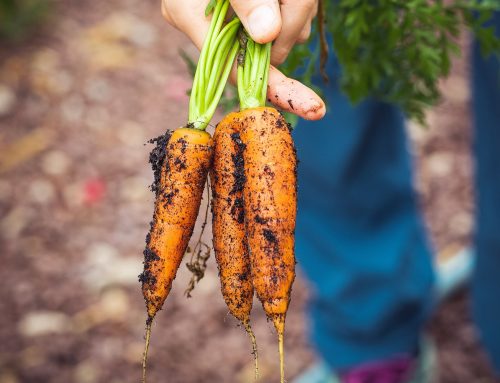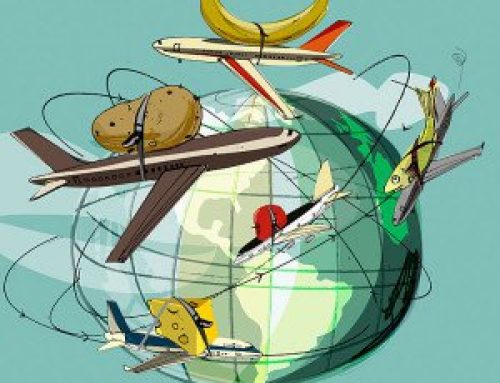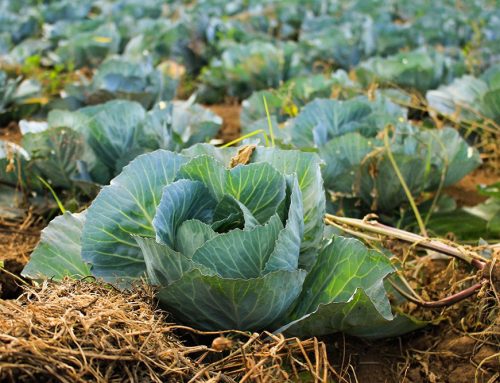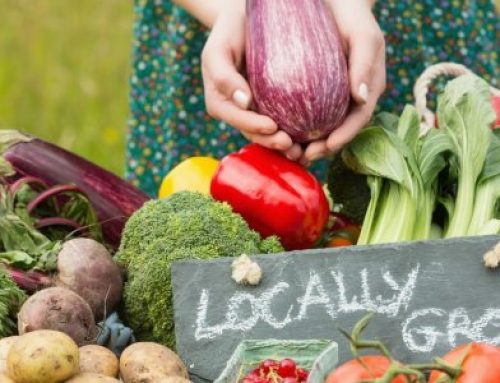
We all love to have roast chicken dinners with the family on a Sunday afternoon. But what many of us are yet to realise is the amount of suffering that is brought into the meal we Brits love. Statistics show that just under 23 billion chickens are hatched, raised and slaughtered every year.
To accommodate this huge number of hatched and killed animals huge swathes of animal feed if grown, even impacting deforestation as far away as Brazil which is at an all-time high. The environments the birds are kept in are unsterile, with no space for the animals to have a good quality of life. Shockingly, up to nine chickens can be housed in a space no bigger than the size of an A4 sheet of paper.
AFAI Figures:
AFAI figures, the most readily available, show just over 236 million tonnes of food are eaten by animals farmed in America each year. Over 81 million tonnes of this is consumed by American poultry in the process causing irreparable and unsustainable damage to our planet.

Sad truths about poultry welfare:
These animals are fed high carbohydrate foods often filled with hormones and antibiotics to help them attain food safety standards and gain size suitable for sale. In such conditions, poultry cannot reach the same social and mental state they would in open areas and so resort to pecking and clawing each other. To prevent this from happening companies snip their beaks and claws, leaving them lame and unable to scratch the floor as they would in the wild.
Increasingly, people are choosing chicken and poultry over beef and red meat on health-related grounds. This increases the need for boosted production of chicken and chicken feed, so causing ever-increasing deforestation to accommodate the cycle. Even supposedly healthier corn fed chickens are force-fed corn to give their eggs and meat a different taste and texture.
To combat such animal cruelty, as well as purchase healthier chicken for consumption, consumers should avoid broiler or caged chickens and look for free-range. It may be more expensive but the taste, texture and nutrient benefits make it much more worth the money spent.
Ways to reduce cruelty in the food you buy:
- Buy local and easily traced cruelty-free, free-range chickens
- Avoid buying the cheapest eggs on the shelf, even if it says free-range or cage-free since this could easily mean they have an area the size of a small table to roam
- For the freshest eggs money can buy, look into owning your own hens
- When buying eggs or chicken, research how the animal was treated and reared
- Consider switching to high protein and nutrient, sustainably farmed vegetables and cutting down on the amount of meat eaten per week
These few steps could make a huge difference in the way the chicken you eat was treated whilst also helping cut down on the growing sustainability crisis caused by poultry. Vegetarianism and veganism have gained huge popularity in recent years as more, in the UK growing four-fold from 2010, with animal welfare being a huge driver. Researchers at Cambridge University have been looking at alternative sustainably grown foods such as the broad bean for animal feed to replace soya increasingly being sourced from South America. The research team leader Dr Jane Thomas said in an interview: 'Even partial replacement of imported soya with home-produced protein will bring environmental benefits'. Growing these species of beans would also serve to replenish soil nitrogen levels as well as pulling carbon dioxide from the atmosphere and locking it into the soil, so aiding sustainable farming as well as serving to reduce carbon emissions.
Chlorinated chicken, is it safe?
On the topic of chlorinated chicken and other poultry, British poultry is farmed to a much higher standard than American poultry. The concept being that increasing animal welfare and reducing disease at source also decreased bacteria later in the food chain. The result; chicken farmed in Britain carry far fewer bacteria on their skin and do not need to be sprayed in anti-bacterial chlorinated water to remove them as American chicken is. The issue is not in itself the chlorine – an adult would have to eat 5% of their bodyweight in chlorinated chicken per day to be at risk of any kind of chlorine poisoning – but more the far lower animal welfare and bacterial infection carried.
British farmed poultry:
Britain has far higher farming guidelines in place to give chickens a better living standard. Britain has what's called "enriched" cages which allow chickens more room to roam and scratch about. "Barn-raised" and "Free-range" chickens have much more room to become more social, reducing the chance of animals attacking each other significantly.
In Britain, the barns are also cleaned and disinfected between each flock, whereas in the USA droppings and even dead animals are left in place and a layer of new litter covered over the top, this is known as 'deep littering'. The theory being that the increased temperature due to decomposition has the same sterilising effect.
It is notable, the only official difference between a barn and free-range chicken is the latter must be given a small exit to roam outside of the barn. The only way to really know if that chicken you’re about to east has had a reasonable life is to know exactly where it was reared and slaughtered, and be able to see and hear about the provenance and conditions during its life. This is one of the many reasons UKFoodWeb was created, providing consumers a convenient, easy to use one-stop research service for everything from provenance to packaging.
For further reading:
- Kurzgesagt Eat-Foundation– We need to feed a growing populous while staying sustainable
- Super beans mean tasty news for the environment– This sustainable bean could create more opportunities to reduce climate change
- Britain's 'chicken boom' is destroying South America's forests– Chicken feed is causing mass deforestation

